Tomographic evaluation of the cephalometric characteristics of patients with Class III malocclusion with different facial growth patterns
Artigo Original
OBJECTIVE: The aim of this study was to evaluate thecephalometric characteristics of Class III malocclusionpatients with different facial growth patterns, usingcone beam computed tomography. METHODS: DICOMformat files were selected from 98 individuals of bothgenders, with Class III malocclusion, subdividedinto three groups: brachyfacials (n=29), mesofacials(n=30) and dolichofacials (n=39). Measurements weremade using 38 variables (20 angular, 17 linear and 1percentage). Data were subjected to one-way ANOVAand Tukey tests, with the facial pattern factor as thedependent variable. All tests...
Autores: Ertty Silva, Mauricio De Almeida Cardoso, Tien Li An, Fernanda Meloti, Eleandro IANICK,

A despeito da melhor época para se tratar uma Classe II, sabemos que ainda é um assunto con-troverso, embora exista um volume surpreen-dente de artigos que abordam a questão. Vamos,outrossim, admitir que é possível intervir de duas formas: em dois estágios (1ª fase = Ortopedia; 2ª fase = aparelho fixo) ou em um único estágio (aparelhos fixos). Para o tratamento da Classe II, penso que é importante discernir o que é tratamento precoce e o que é tratamento tardio.
Leia mais
Para mim, falar sobre o Dr. Guilherme Garcia é muito fácil e prazeroso, pois conheço toda sua trajetória e participei de quase todas as etapas. Ele iniciou na Odontologia em 2002, na UFMG, e foi meu aluno na graduação em 2006, ano em que se forSempre quis ser ortodontista e, logo que se formou, começou a fazer Aperfeiçoamento em Ortodontia Interceptiva
Leia mais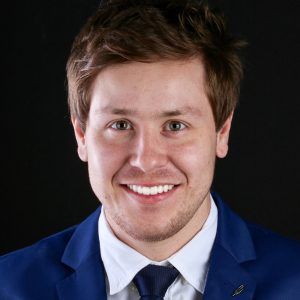
INTRODUÇÃO: Apesar da digitalização na Ortodontia, a fotografia ainda se mostra essencial nesse contexto. Hoje,em função da evolução das câmeras dos smartphones,conseguimos fotografias de boa qualidade para comunicar,documentar, diagnosticar e para realizar um marketing diferenciado. Porém, para isso precisamos entender sobre as limitações dos smartphones e, principalmente, sobre o posicionamento da luz, para que haja uma melhorpadronização das fotografias, visto que os...
Leia mais
estudo clínico sobre o tratamento de sorriso gengival em um paciente com má oclusão de Classe II (desalinhamento dos dentes superiores em relação aos inferiores). O tratamento consistiu em uma abordagem transdisciplinar, incluindo ortodontia (tratamento com aparelhos dentários) para corrigir a protrusão dentoalveolar maxilar (dentes projetando-se para a frente demais) e extrusão dos dentes anteriores superiores (dentes inclinados para fora da boca), seguido por cirurgia e uso de...
Leia mais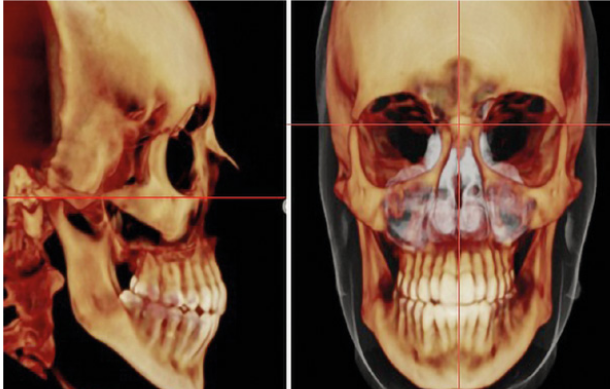
OBJETIVO: O objetivo deste trabalho foi avaliar, por meio de tomografia computadorizada de feixe cônico, as características cefalométricas de portadores de má-oclusão de Classe III de Angle com diferentes padrões de crescimento facial. MÉTODOS: Foram selecionadosde arquivos em formato DICOM de 98 indivíduos, de ambos os sexos, portadores de má oclusão de Classe III, subdivididos em três grupos: braquifaciais (n=29), mesofaciais(n=30) e dolicofaciais (n=39). As mensurações foram...
Leia mais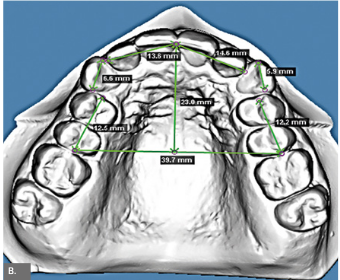
OBJETIVO: O objetivo do presente estudo foi comparar as mudanças na angulação e inclinação da coroa e nas dimensões da arcada após tratamento ortodôntico usando: braque-tes autoligáveis, braquetes convencionais ou sistema fixo sem braquetes.
Leia mais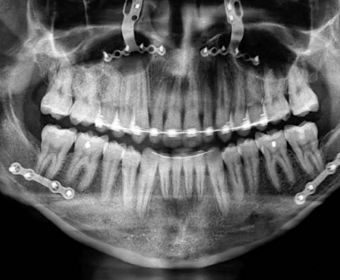
Introdução: O tratamento ortodôntico-cirúrgico das deformidades dentofaciais vinculadas à face Padrão III tem como objetivo restabelecer a harmonia facial, por meio dacorreção esquelética, e devolver a oclusão correta. Dessa maneira, devemos utilizar a análise facial como método de def diagnóstico primário, levando em conta a idade, o sexo e aetnia do paciente. Isso nos proporciona prognósticos e metas terapêuticas objetivas e individualizadas, com estabilidade em longo prazo....
Leia mais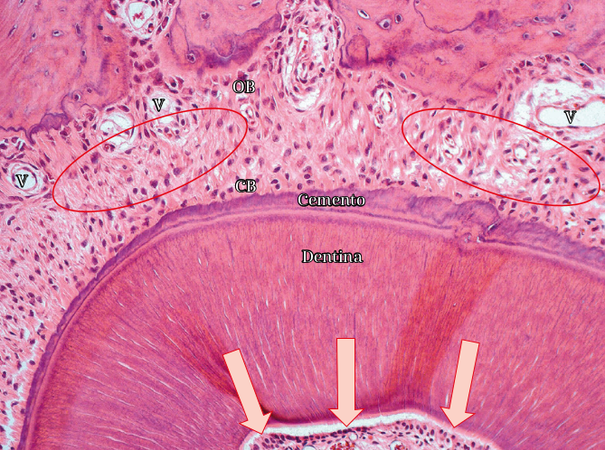
INTRODUÇÃO: Em numerosos trabalhos experimentais e clínicos, estudando as variáveis clínicas locais e sistêmicas do movimento osteodentário induzido, observamos que aspolpas dentárias não apresentavam metamorfose cálcica da polpa ou necrose pulpar. Nesses trabalhos, a estrutura organizacional da polpa se apresentava normal. No entanto,recentemente, muitos questionamentos surgiram quanto à indução de pulpites evelhecimento pulpar precoce.
Leia mais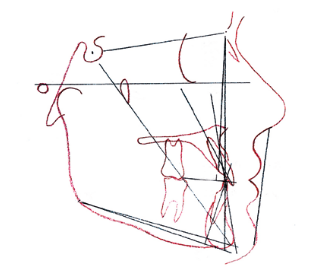
Objetivo: O objetivo do presente artigo foi relatar o caso clínico de uma paciente jovem apresentando deformidade dentofacial causada por deficiência maxilar eexcesso mandibular, tratada com uma combinação de Ortodontia e Cirurgia Ortognática. Caso clínico: O processo de escolha do tratamento implementado — no caso,a Ortodontia associada à Cirurgia Ortognática — foi con-traposto a outras opções, como o uso de ancoragemesquelética ou exodontias compensatórias.
Leia mais
You have certainly been asked about the dentoskeletaleffects that orthopedic applianceshave on Class II patients during craniofacialgrowth and development, haven’t you? Especiallywhen it comes to mandible growth, thequestion that comes up is, “Does the mandiblegrow?” I can say that it has happened to mein classrooms, in Instagram/Facebook posts,and even in orthodontic groups on WhatsApp.Believe it or not, the truth is, although the subjectof functional orthopedics has permeatedour...
Leia mais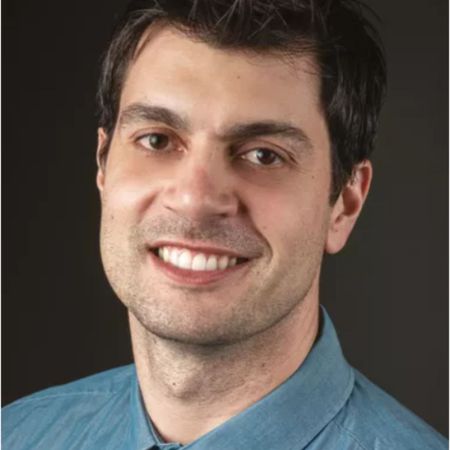
For me, it’s really easy and pleasant.to talk aboutGuilherme Garcia, as his entire career is wellknown to me, and have participated in almostall stages of it. He began his career in Dentistryin 2002, at UFMG, and was my undergraduatestudent in 2006, the year he graduated. He alwayswanted to be an orthodontist and as soon as hegraduated, he started the course at UFMG, tofurther his knowledge in Interceptive Orthodontics,which lasted one year. He also soughtinternships in private clinics of...
Leia mais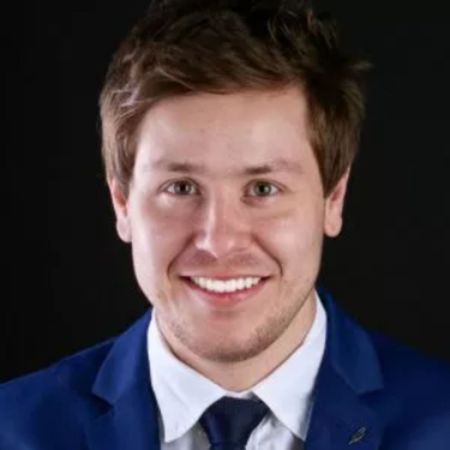
INTRODUCTION: Despite digitalization in Orthodontics,photography is essential in this context. Today, with theevolution of smartphone cameras, we get good qualityphotographs to communicate, document, diagnose andto carry out a differentiated marketing. However, for thiswe need to understand the limitations of smartphonesand especially the positioning of light, so that there is abetter standardization of photos, since smartphones werenot made for the purpose of dental photographs. On theother...
Leia mais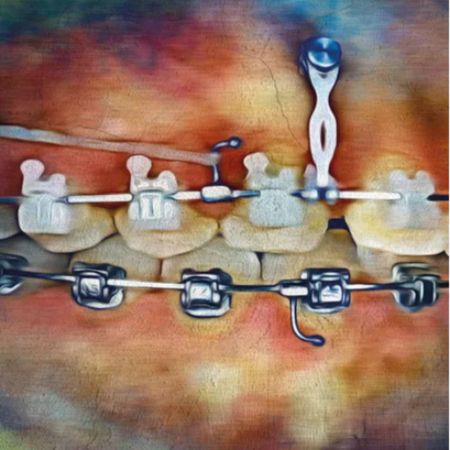
Introduction: The excessive gingival display is characterized by an exaggerated exposure of the gingiva during smile, which negatively compromises its aesthetics. To make a more precise therapeutic approach, several aspects must be carefully evaluated: the patients' degree of dissatisfaction, age, sex, facial type and the etiological factors. Several factors can be associated to cause excessive gingival display, from the most severe, such as maxillary skeletal vertical excess, to the...
Leia mais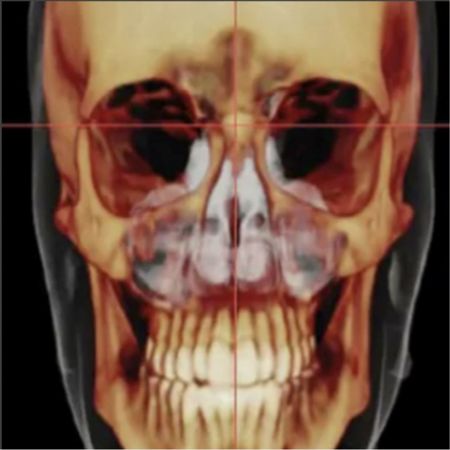
OBJECTIVE: The aim of this study was to evaluate thecephalometric characteristics of Class III malocclusionpatients with different facial growth patterns, usingcone beam computed tomography. METHODS: DICOMformat files were selected from 98 individuals of bothgenders, with Class III malocclusion, subdividedinto three groups: brachyfacials (n=29), mesofacials(n=30) and dolichofacials (n=39). Measurements weremade using 38 variables (20 angular, 17 linear and 1percentage). Data were subjected...
Leia mais
OBJECTIVE: The aim of this study was to compare crownangulation, inclination, and arch dimension changesafter orthodontic treatment across three bracket systems:self-ligating, conventional, and bracketless fixedsystems. METHODS: Pre and posttreatment digitalmodels from 114 patients aged 16 to 44 years, classifiedas low complexity cases, who had similar skeletal anddental pretreatment parameters and underwent orthodontictreatment, were divided into three groups: Group1 (n = 40), treated with...
Leia mais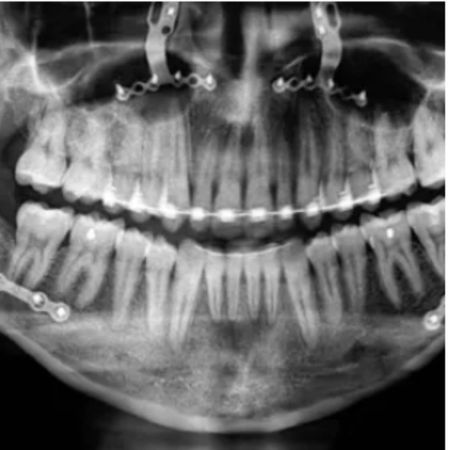
Introduction: The surgical treatment of Class III malocclusions aims to reestablish the facial harmony and the occlusion, by means of a skeletal correction. The facial analysis should be used as the primary diagnose tool, considering the patient age, sex and ethnic characteristics. This provides objective and individualized therapeutic prognoses and goals, with long-term stability. Objective The present study reports the clinical case of a Class III orthodontic-surgical treatment in a young...
Leia mais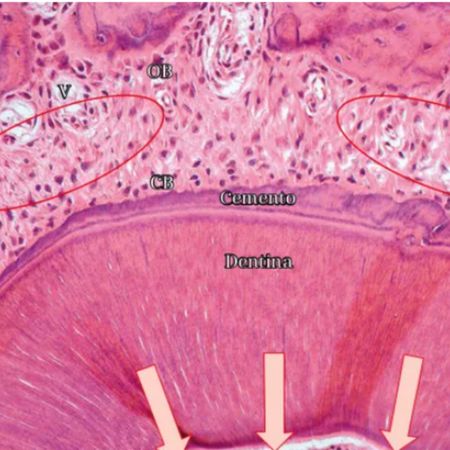
INTRODUCTION: In numerous experimental and clinicalstudies dealing with local and systemic clinical variablesof induced osteodental movement, we observed that dentalpulps did not show calcific metamorphosis of the pulp norpulp necrosis. In these studies, the organizational structureof the pulp was found to be normal. However, recently, manyquestions have been raised regarding the induction of pulpitisand early pulp aging in teeth submitted to induced toothmovement, because there were no...
Leia mais
Objective: The objective of the present manuscript was to report the clinical case of a young patient presenting a dentofacial deformity caused by maxillary deficiency and mandibular excess, treated with the combination of orthodontics and orthognathic surgery. Case report: The treatment implemented was compared to other treatment options, as skeletal anchorage or compensatory extractions. Results and Conclusion: Decision-making started with the patient’s chief complaint, clinical...
Leia maisCopyright © 1998 - 2022 DentalGO | Todos Direitos Reservados. DentalGO é uma marca Dental Press